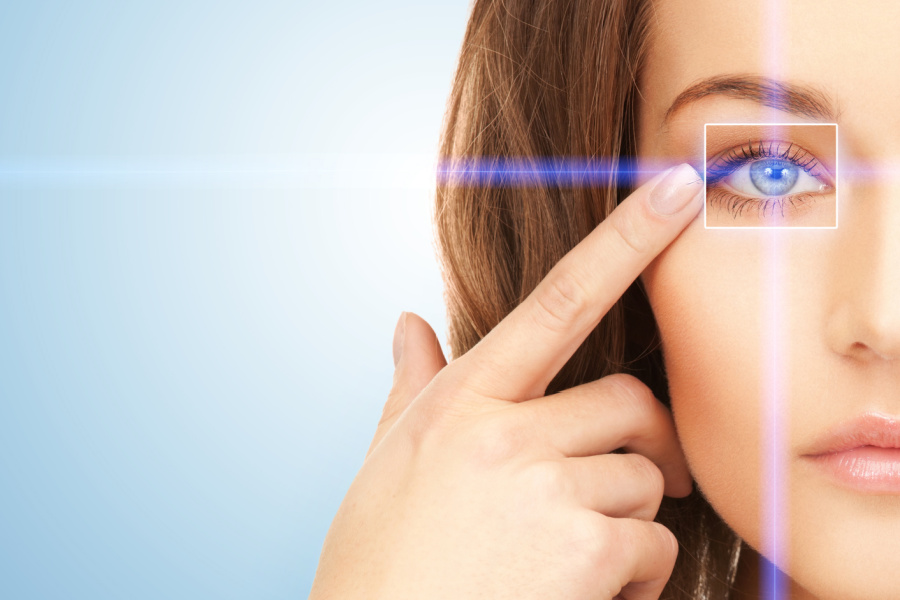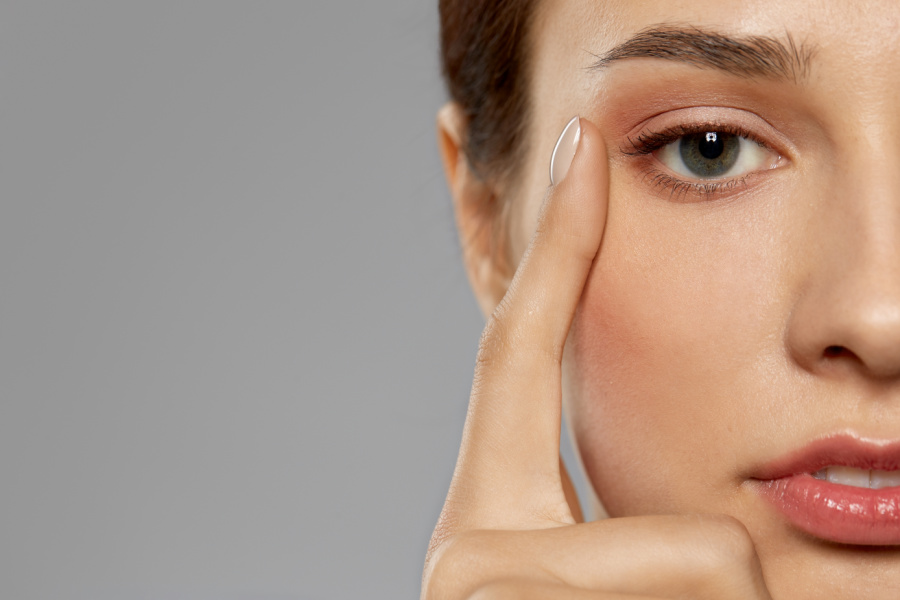
Eyelid surgery can greatly improve quality of life—both functionally and cosmetically. However, accessing this type of treatment through the NHS comes with strict eligibility criteria. Here's a closer look at what procedures are available and who may qualify.

The NHS may cover upper eyelid surgery if it's medically necessary. This typically applies when drooping eyelids (known as ptosis) significantly impair vision or interfere with daily activities such as reading or driving. In these cases, surgery may be approved to restore function—not for aesthetic reasons.
Lower eyelid procedures, including surgery to address eye bags or puffiness, are generally considered cosmetic and not covered by the NHS. However, there are exceptions. If you have a condition such as cicatricial ectropion—where the eyelid turns outward due to scarring or inflammation—treatment may be available under the NHS.
The NHS has clear and stringent criteria to determine whether eyelid surgery is medically necessary. To qualify for treatment, patients must typically meet the following requirements:
These measures are in place to ensure that surgery is provided for genuine medical reasons rather than for cosmetic improvement alone.
Certain medical conditions can make eyelid surgery a necessity rather than a cosmetic choice. These include:
Cicatricial Ectropion
This condition causes the lower eyelid to turn outward, often due to scarring or skin tightening. Surgery may involve using excess skin from the upper eyelid to correct the issue, with scars typically concealed beneath the lower lashes for a discreet result.
Thyroid Eye Disease
In the later or “burnt-out” phase of thyroid eye disease, patients may experience both functional and aesthetic concerns. Surgical options can include:
Post-Skin Cancer Reconstruction
After the removal of skin cancer affecting the upper or lower eyelids, reconstructive surgery may be needed to restore both function and appearance. In some cases, tissue from a blepharoplasty is used to support the repair, helping to achieve a natural and balanced look.

As with any surgical procedure, eyelid surgery carries certain risks. While most side effects are mild and temporary, it's important to understand both the common and rare possibilities.
Common Side Effects
Patients often experience swelling, bruising, dry or watery eyes, and temporary blurred vision during the initial stages of healing. These symptoms typically resolve within a few weeks.
Less Common Complications
In rare cases, complications may include prolonged dry eye, double vision, or, in extremely rare instances, partial or permanent vision loss.
Recovery Tips
It’s essential to have a detailed discussion with your consultant about the potential risks and the recovery process prior to undergoing surgery. Clear communication and proper aftercare are key to a smooth and successful outcome.
Eyelid surgeries performed on the NHS are typically carried out by oculoplastic surgeons—specialists in the medical and functional treatment of the eyelids and surrounding structures. Unlike cosmetic surgeons, their primary focus is restoring function, managing disease, and improving patients' quality of life, rather than enhancing appearance.
Summary of Key Points
Eyelid reduction surgery (blepharoplasty) is designed to remove excess skin and fat while tightening the area around the eyes, resulting in a more youthful and refreshed appearance.
Privately funded blepharoplasty typically ranges from £2,000 to £5,000, depending on the complexity of the procedure and the clinic. This is a common option for patients seeking cosmetic improvements not eligible for NHS funding. At the Minor Surgery Clinic we strive to make cosmetic surgery affordable for all, as is reflected in our price.
Book your consultation today to receive a personalised treatment plan and quote.
Who Performs Eyelid Surgery on the NHS?
Eyelid procedures are typically carried out by oculoplastic surgeons, specialists in the eyelids, tear ducts, and eye socket. Their focus is on restoring function rather than cosmetic enhancement.
Which Conditions Typically Qualify for NHS Surgery?
The NHS may cover eyelid surgery for medical conditions such as:
Is Eyelid Surgery Painful?
The procedure is usually performed under local or general anaesthetic, so pain during surgery is minimal. Some discomfort, swelling, or bruising is normal during recovery.
What Is the Recovery Time?
Initial recovery typically takes 2 to 4 weeks, although full healing may take longer. Following all post-operative care instructions is essential for a smooth recovery.
What Are the Potential Risks?
Common side effects include swelling, dry eyes, or blurred vision. Rare complications can involve:
Can Children Have Eyelid Surgery on the NHS?
Yes, children may be eligible if the condition—such as ptosis (drooping eyelid)—significantly impairs their vision or quality of life. Specialist consultations and parental consent are required.
How Much Does Private Eyelid Surgery Cost?
Privately funded eyelid surgery typically costs between £2,000 and £5,000, depending on the provider and complexity. This is often the route for cosmetic concerns not covered by the NHS.
Are There Non-Surgical Alternatives?
Yes, options like dermal fillers and laser resurfacing can improve the appearance of droopy eyelids or under-eye bags. However, these are cosmetic treatments and not funded by the NHS.
What Documentation Is Required for NHS Approval?
To qualify for surgery, the NHS generally requires:
How Should I Prepare for Surgery?